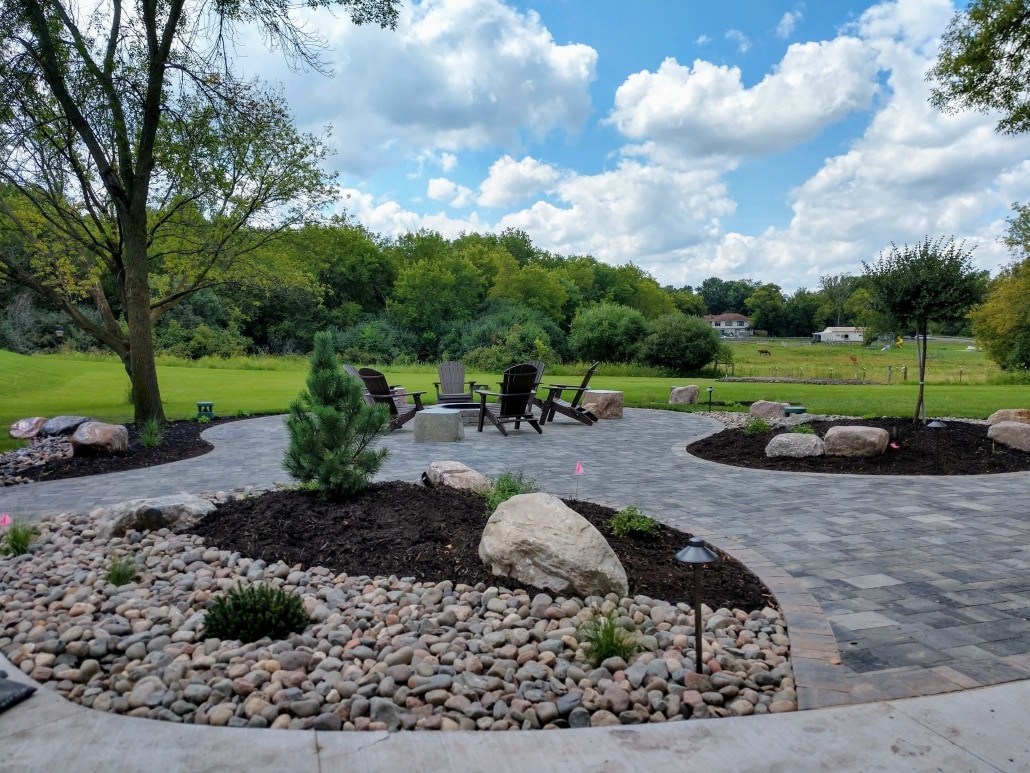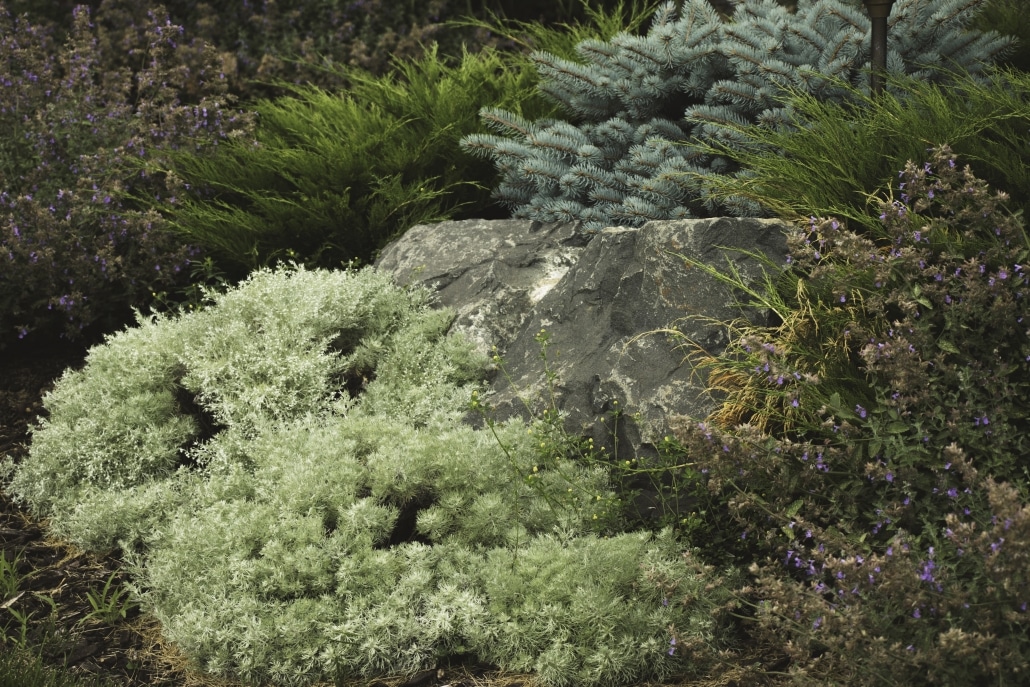Every Spring the temperatures start to rise and humidity is high. These are the perfect conditions for a plethora of plant pests and diseases. Here we will outline signs & symptoms of some of the most common turf diseases you will encounter in your landscape. Diagnosis & early detection are key to a good turf program, so keep an eye out all season long for potential problems.
Snow Molds
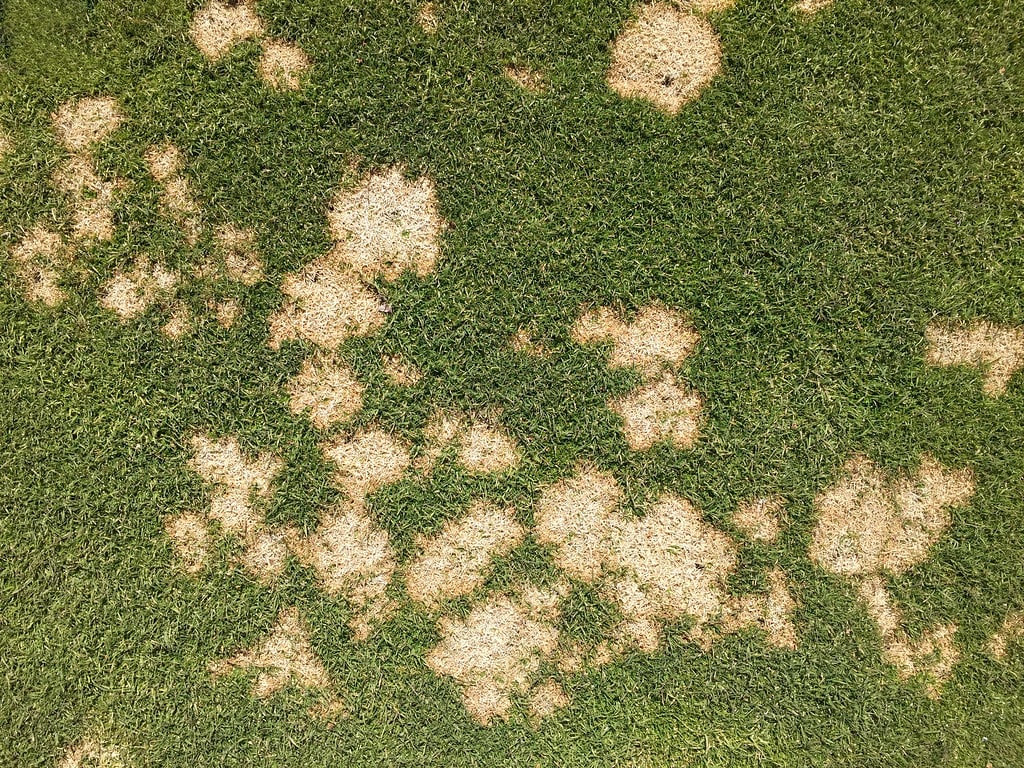
Snow Molds: Pink and Gray Snow Molds are common in early spring when temperatures are close to freezing and there is a lot of moisture. These round patches of gray or tan matted grass that are commonly 2”- 8” wide, but may grow together. Gray snow mold may also have cobweb-like structures and small black nodules on grass blades.
Dollar Spot
![Glenobear [Public domain]
https://upload.wikimedia.org/wikipedia/commons/b/bd/DollarSpotSymptoms.jpg](https://landscapesunlimitedmn.com/wp-content/uploads/2020/02/DollarSpotSymptoms-1030x773.jpg)
These Tan or brown spots in your lawn are 2”-6” in size. They may be confused with gray snow mold since they do develop cobweb-like fungal growth and may grow together. A distinctive characteristic is tan spots on the leaf blades with a rusty colored border.
Rhizoctonia
Patch Disease
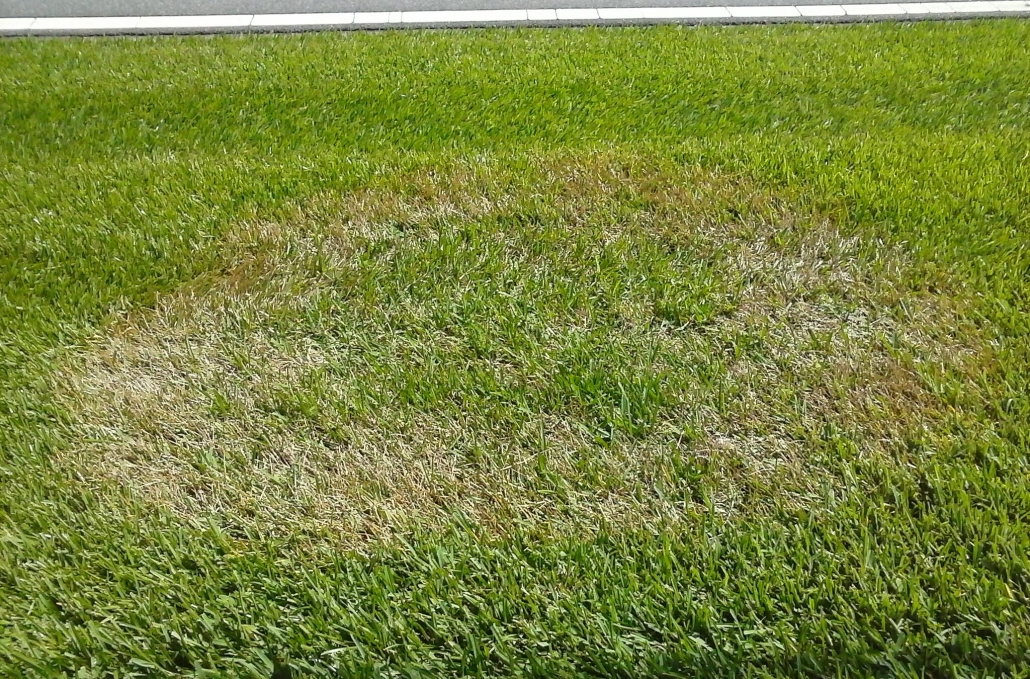
This disease occurs later in the season usually once hot dry weather hits. It starts as small patches or swathes of dead grass that can grow up to 3 or 4 feet in size. When dug up the roots and crown of the plant with be black and rotted.
Rust
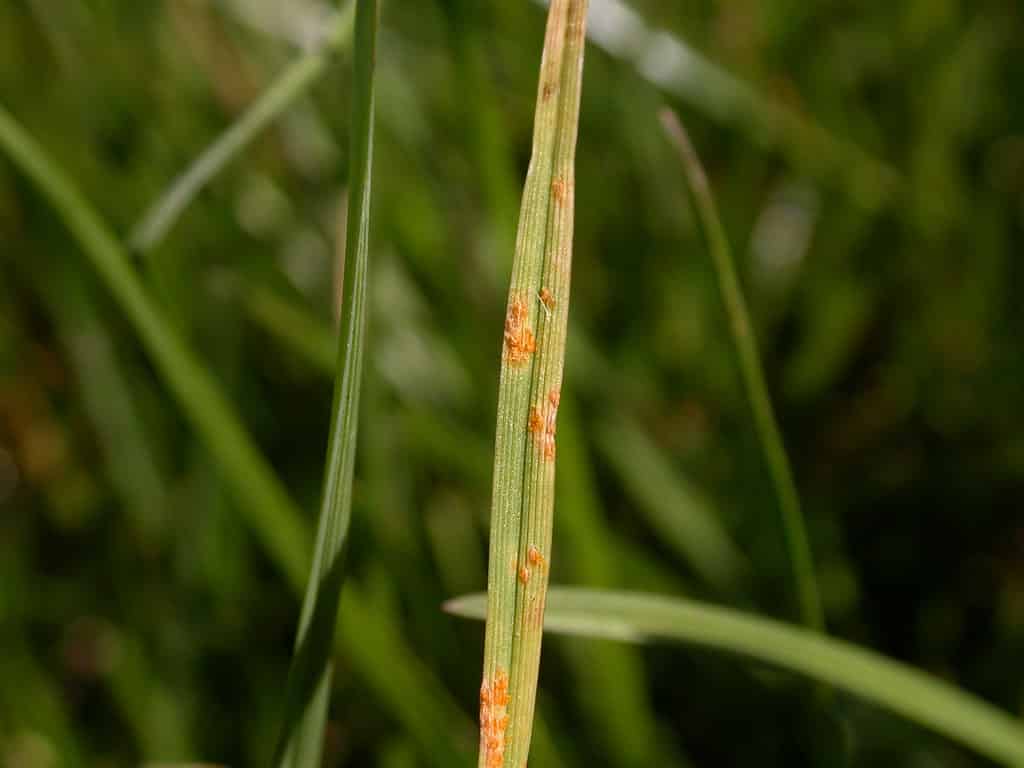
This disease is characterized by thin lawn that seems irregularly discolored. Sometimes dusty orange spores are visible on leaf blades, and may affect large or small areas.
Slime Mold
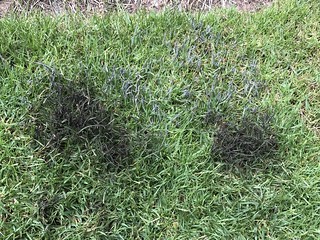
Only a small portion of the yard is affected and it displays as small round spores covering the leaf blades of your grass. Slime molds come in a wide range of colors, and are usually most prevalent after periods of prolonged rain or humidity. After 1 or 2 weeks the fungus will have run its course.
Herbicide Damage
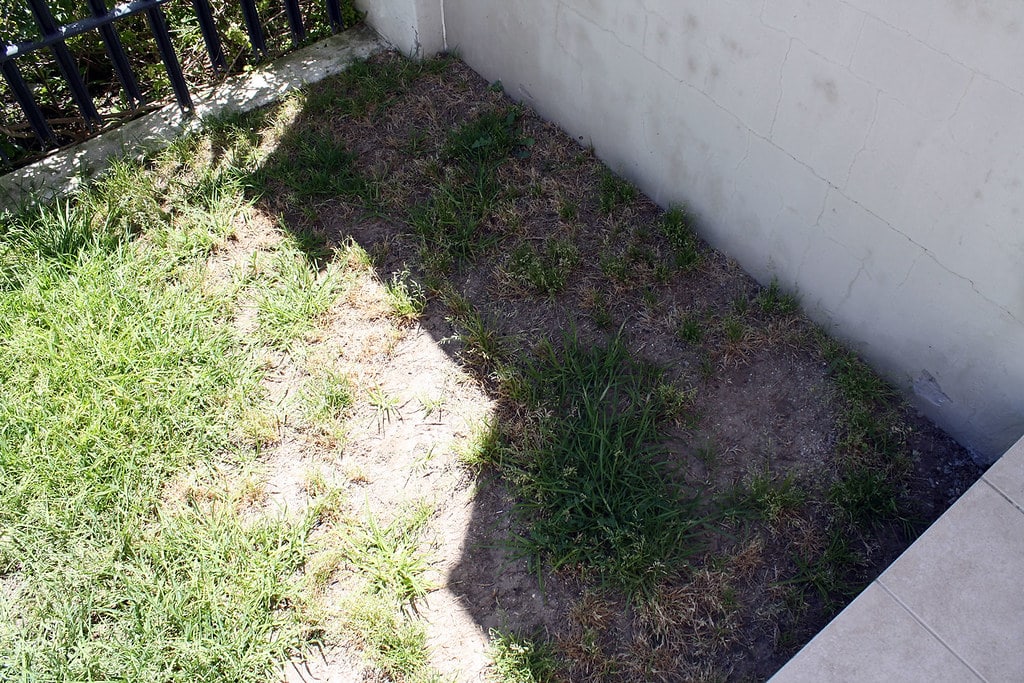
While this isn’t a turf disease it is important to look for misapplication of herbicide as the culprit of your lawn woes. Sudden dead patches that appear to be irregular with a clean border between healthy and dead grass should be brought to the attention of your lawn care provider.
Salt Injury
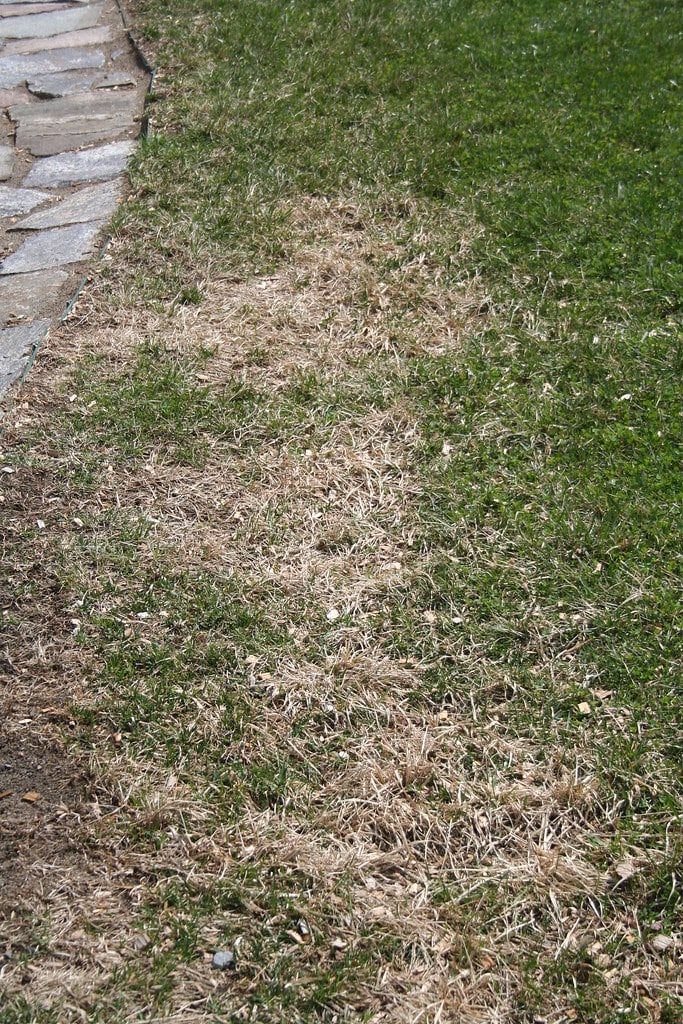
This is common in Minnesota where salt is used to melt ice along paths and driveways. Salt may be thrown directly into snow only to percolate into the lawn as that snow melts, or be carried along walkways as the spring thaw progresses. Salt injury will look a lot like Herbicide damage, but will occur immediately in the spring when grass fails to grow in.
There are many diseases of turf grasses, but these are among the most common in Minnesota. Monitoring is one of the most powerful tools in your tool belt when it comes to treatment of turf diseases. Consult a turf or horticulture expert to be certain of what lawn issue you are experiencing and how to treat it.
Landscapes Unlimited can help you maintain your landscape and give advice on turf care and treatment of turf diseases. We offer design, install, and management services to help you make your dream landscape a reality.
